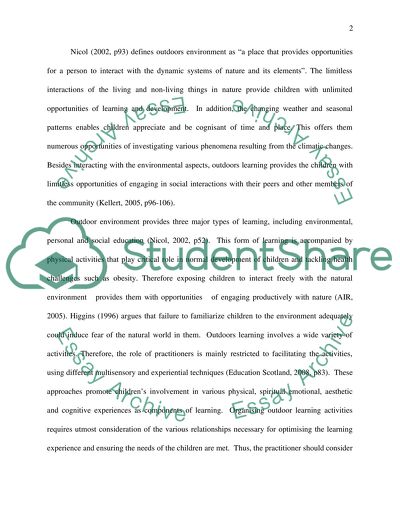Cite this document
(“An Analysis of an Aspect of the Role of the Early Year Practitioner Essay”, n.d.)
Retrieved from https://studentshare.org/education/1449178-provide-an-analysis-of-an-aspect-of-the-role-of
Retrieved from https://studentshare.org/education/1449178-provide-an-analysis-of-an-aspect-of-the-role-of
(An Analysis of an Aspect of the Role of the Early Year Practitioner Essay)
https://studentshare.org/education/1449178-provide-an-analysis-of-an-aspect-of-the-role-of.
https://studentshare.org/education/1449178-provide-an-analysis-of-an-aspect-of-the-role-of.
“An Analysis of an Aspect of the Role of the Early Year Practitioner Essay”, n.d. https://studentshare.org/education/1449178-provide-an-analysis-of-an-aspect-of-the-role-of.


